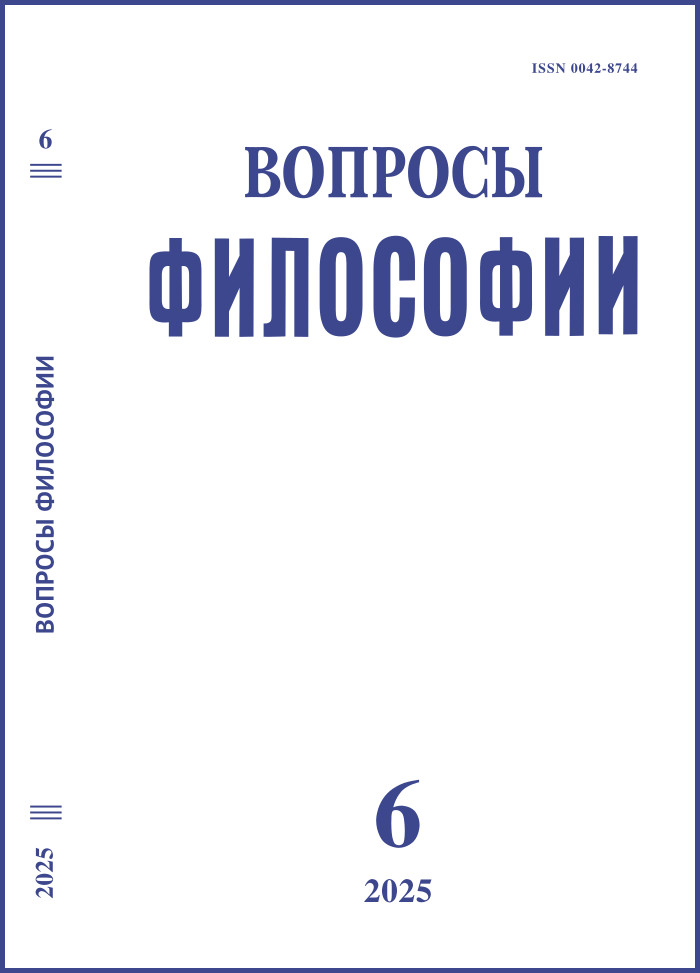A Historical and Aesthetic Perspective on the Theory of Education
DOI:
https://doi.org/10.21146/0042-8744-2025-6-196-206Keywords:
gaze, being under the gaze, spirit of the school, conscience, Seneca’s principle, school of knowledge, school of justice, semi-education, semi-moralityAbstract
The presented essay on key moments in the history of upbringing and education is dedicated to humanitarian phenomena that have been interpreted in the history of philosophy but have remained largely overlooked by pedagogical science. Among these are Aristotle’s interpretation of “warmheartedness” and “heartlessness” as a contrast between ethical and dianoetic virtues; the concept of “conscientia” (“conscience”), introduced by Seneca as a means against “impudence” (“shamelessness”), which Cicero also wrote about; and L.N. Tolstoy’s concept of the “spirit of the school”, which is theoretically identical to Seneca’s notion of “being under the gaze”. The author emphasizes that the history of culture testifies to a fundamental difference between the two interconnected processes of upbringing and education (learning). Furthermore, when discussing the history of the phenomenon of “education”, the author pays special attention to the fact that the three levels of schooling (primary, secondary, and higher) emerged in different historical eras and, as a result, had completely different goals and understandings of “knowledge”. Regarding the relationship between upbringing and education, the author suggests that historical metaphors for their opposition can be represented by the terms “knight” and “bourgeois”: the former is brought up but not educated; the latter is educated but not brought up.

